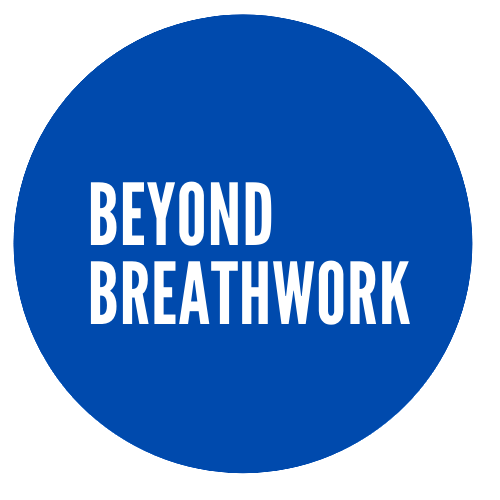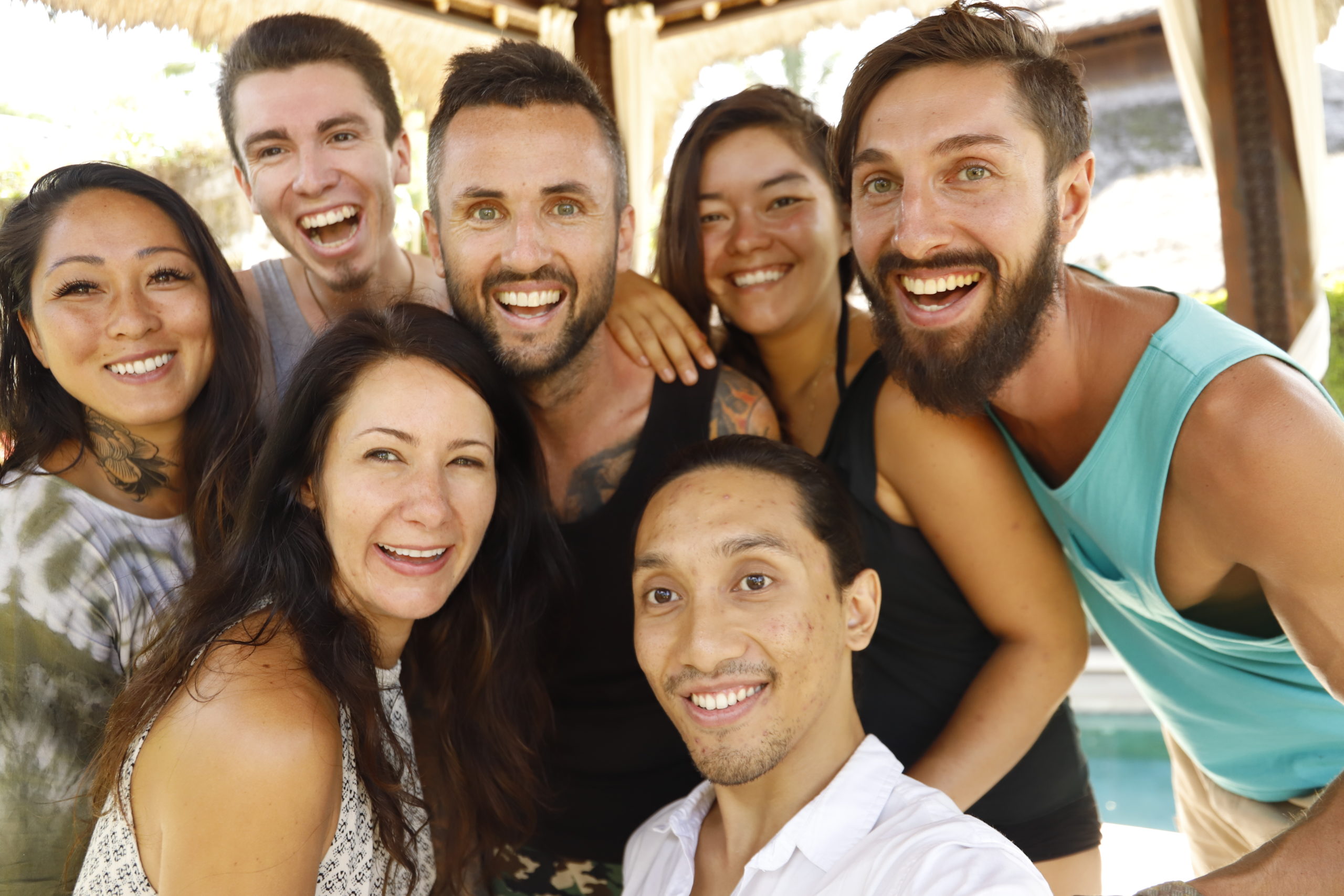12 Breathing Techniques for Daily Practice
Breathing techniques are part of breathwork to promote better physical, emotional, mental, and spiritual health. They teach different ways of controlling and manipulating your breathing patterns to give maximum health benefits in various situations. They are categorized according to different breathing patterns and the target benefits. Here are twelve breathing techniques you can try daily:
Nadi Shodhana Pranayama / Alternate Nostril Breathing
This is one of the most practiced breathing techniques for relaxation. It is practised with benefits targeting the heart to boost heart function and general cardiovascular health. It is also incorporated into certain yoga practices to balance the lunar (Ida) and solar(Pingala) energies that are thought to exist in the body. This allows the individual to regain focus and get back lost energy.
How to do it:
- Find a comfortable place and sit down.
- On your right hand, spread your fingers, then press the thumb and middle finger down on your palm as the others remain extended.
- Bring the hand towards your nose. When you breathe out, close the right nostril with the thumb.
- Breathe in with the left nostril and close it with the pinky and ring fingers.
- Release the right nostril and exhale.
- Breathe in and close it with the thumb again.
- Release the left, breathe out, then close.
- Keep repeating the cycle for the desired time.
Diaphragmatic breathing
Diaphragmatic breathing also referred to as belly breathing, is also another popular breathing technique. It is a form of deep breathing that requires deep and slow inhalations. It is recommendable to try diaphragmatic breathing when you are relaxed or well-rested to feel the maxim benefit.
How to do it:
- Find a comfortable surface where you can lie down on your back.
- Place a soft pillow under your head and bend your knees slightly.
- Place one hand on the upper chest.
- Put the other hand, just below your rib cage. You should be able to feel your diaphragm move.
- Close your mouth and inhale slowly. You should feel your stomach press on your hand.
- With the other hand still, purse your lips as explained above and exhale slowly.
- Your upper hand should stay still throughout the exercise.
Once it begins to feel comfortable, you can put more pressure with the hand under the rib cage or place something reasonably heavier on your stomach.
Deep breathing
Deep breathing is one of the most popular breathing techniques. It is beneficial for people struggling with extreme anxiety as it prevents and relieves shortness of breath. It gives a relaxing effect and a calmness that can help one get back in control and make decisions more soundly.
How to do it:
- Find a comfortable position and slightly push your elbows back for better chest expansion.
- Breathe in deeply with your nose and hold for about five seconds.
- Breathe out slowly with your nose and repeat.
Breath focus
Breath focus incorporates meditation so that you can use words to focus while breathing in and out. It is also a form of deep breathing that gives the ultimate relaxation when done correctly.
Focus words that can be used usually differ for each individual. Common ones include love, heal, joy, let go and calm down. This will generally depend on what you anticipate to benefit from the exercise.
How to do it:
- Find a comfortable place, then sit or lie down.
- Focus on your breathing. Watch the pattern of inhaling and exhaling. Don’t try to change it.
- While observing, start switching between your regular breathing pattern and deep and slow breaths.
- Watch how you feel when you breathe deeply and when you breathe regularly or in a shallower but quicker manner.
- After doing a couple of deep breaths, place one hand on your belly, preferably around the belly button, then watch how it rises and falls with each breath.
- Find a focus word or phrase that helps you to relax.
- Allow your mind to see the air around you as that filled with peace and calm. In your mind, tell yourself that you are breathing in peace and joy or whatever you are trying to achieve.
- When breathing out, consider that air full of everything you want to eliminate, including anxiety and frustration. Feel free to say that out loud.
- Keep going until you start to feel very relaxed.
Pursed Lip breathing
This breathing technique focuses on slowing down your breathing rate and depth for a more relaxing and longer-lasting sensation. It needs a deliberate application of force while breathing in and out. Pursed lip breathing is beneficial when doing slow but intense physical activities that cause shortness of breath, such as climbing stairs and lifting loads.
How to do it:
- Make sure that your neck, back, and shoulder muscles are relaxed before starting.
- Close your mouth and start breathing in slowly for five to ten seconds.
- Position your lips as if you are about to whistle.
- Breathe out slowly through the pursed lips for twice as long.
Simhasana / Lion’s Breath
This breathing technique is prevalent amongst yogis and has been said to give a relaxing sensation in the mind and help reduce tension in the face and chest. It is also referred to as Simhasana.
How to do it:
- Find a comfortable space and sit with your legs crossed, or lean back on your heels.
- Spread your fingers wide open and place the palms on your knees.
- With your eyes open, take a deep breath.
- Open your mouth widely, stick out the tongue, and move the tip downwards to your chin.
- Squeeze the front of your throat and breathe out through the mouth. You should be making a sound like “Ha” or close.
- While you are at it, try looking at the tip of your nose or the space between your eyes.
- Repeat it at least twice until you start to feel relaxed.
Vriiti /Equal breathing
The principle of equal breathing is to balance the depth and duration of the inhalations and exhalation. It helps regain balance in not just breathing but also in the individual’s energies and internal forces. Equal breathing can be incorporated into yoga, meditation, and other relaxation exercises.
How to do it:
- Sita comfortable position and find a comfortable duration to breathe in and out. It could be anywhere between three to six seconds.
- Start inhaling and exhaling through your nose while making sure that each lasts the same duration.
- Pause a few seconds between each inhalation and exhalation if you are comfortable with it.
- Keep going for the rest of the exercise duration.
Square Breathing
This breathing technique is similar to Equal breathing and gives the same benefits. The difference is that this includes holding the breath for the same duration between inhaling and exhaling.
How to do it:
- Find a comfortable position. You can sit or stand then close your eyes.
- Breathe in for four seconds, hold for four seconds, exhale for four seconds, and hold for four seconds.
- You can imagine going around a square box to help with your concentration.
- Carry on for as long as you need to.
Resonant/Coherent breathing
This is essentially when one completes five breaths every minute. It is done by breathing in for five seconds at out for the same time. This technique also boosts cardiovascular health by reducing heart rate variability while also reducing feelings of anxiety, stress, and depression.
How to do it:
- Breathe in for five seconds and out for another five seconds.
- Keep doing it for the rest of the exercise.
Sitali Breathing
Sitali breathing targets the body temperature and attempts to lower it while also bring about some relaxation.
How to do it:
- Find a comfortable place away from heat, dust, allergen, and any pollutants.
- Try to stick out the tongue and curl so the edges touch. If you can’t do this, purse your lips like you are about to whistle.
- Breathe in with the mouth and out with the nose.
- Keep going for the rest of the exercise.
Bhramari / Humming Bee
This breathing practice is also practised in yoga and gives quick relaxation. It brings about calmness that helps to ease anxiety, stress, frustration, and anger.
How to do it:
- Sit in a comfortable place, close your eyes, and loosen your face muscles to relax.
- Identify the tragus cartilage on your ears and place the thumbs there.
- Breathe in with the nose.
- As you breathe out, press the thumbs into the cartilage and hum with the mouth closed.
- Repeat until you begin to feel relaxed or for the rest of the exercise.
Cobra Breathing
Cobra breathing helps to relieve tension by giving the blood sufficient oxygen. It has been known to help relieve headaches, nausea, and pressure on the sinuses. It is also great for reducing anxiety.
How to do it:
- Find a comfortable place, sit down, and close your eyes.
- Breathe in deeply through the nose
- Tighten the throat muscles and breath out to make a gentle snoring sound.
- Keep going until you feel relaxed.
Conclusively, these are just some of the most uncomplicated breathing techniques you can practice on your own to help deal with daily problems. Make a point of trying each one to find the one that works best for you.

